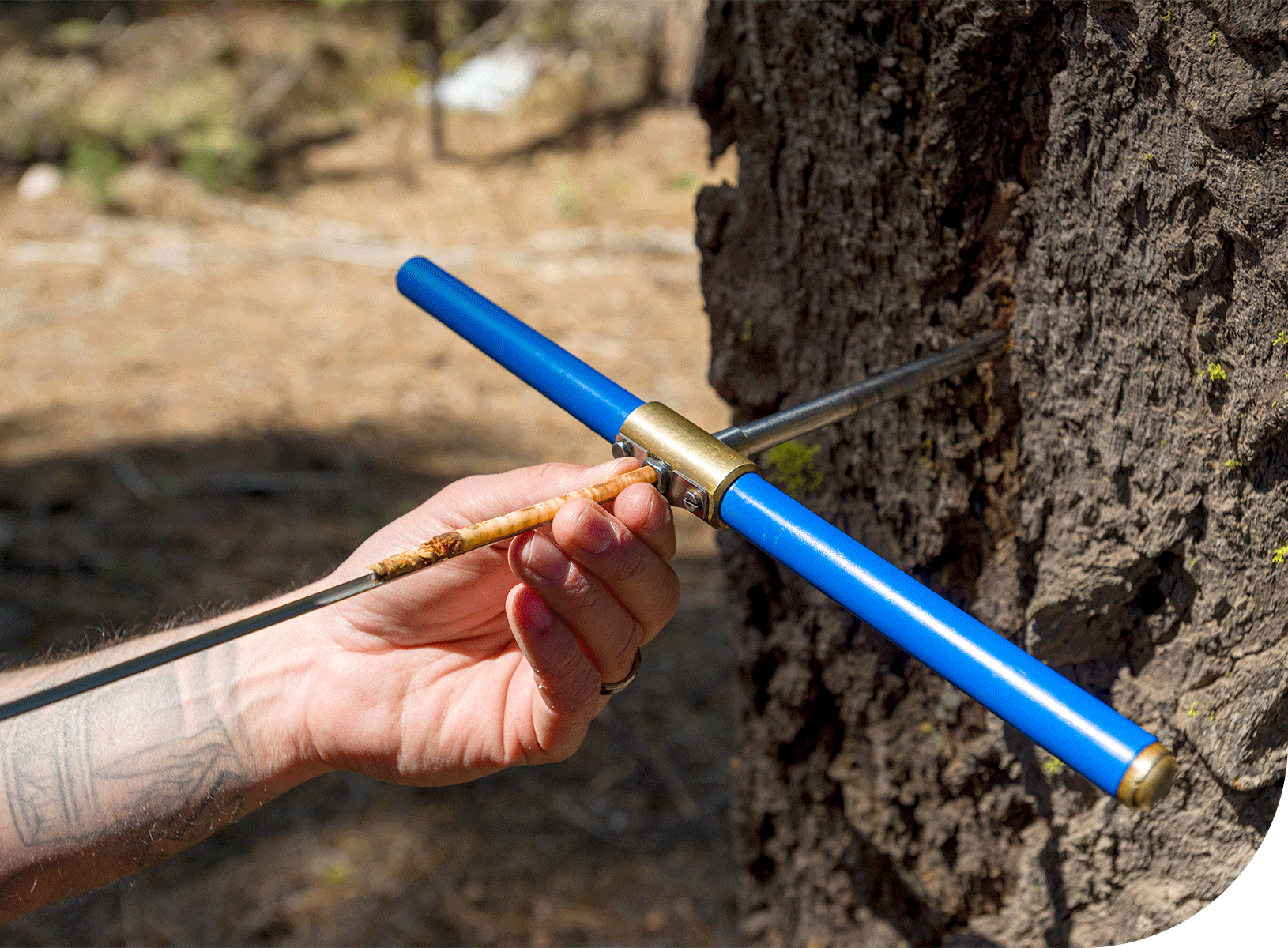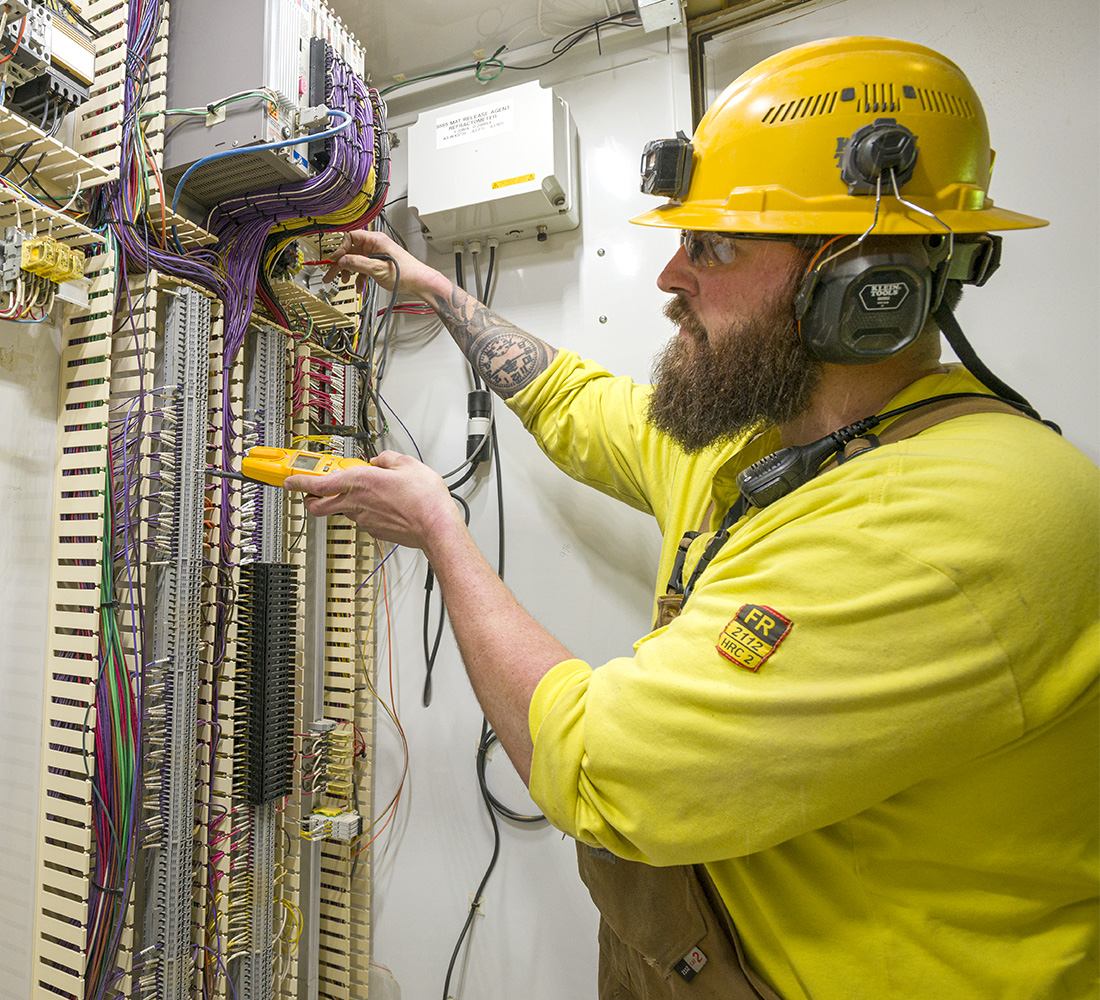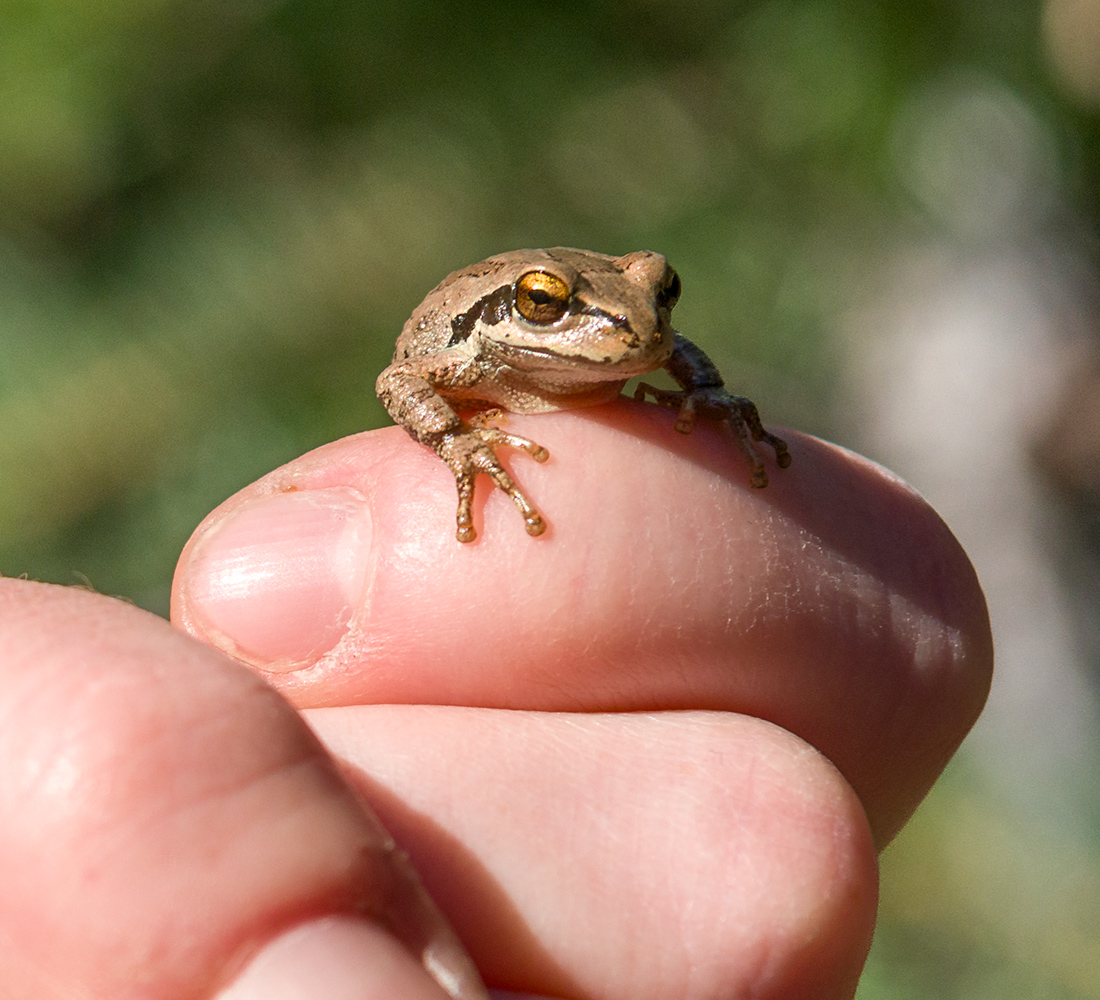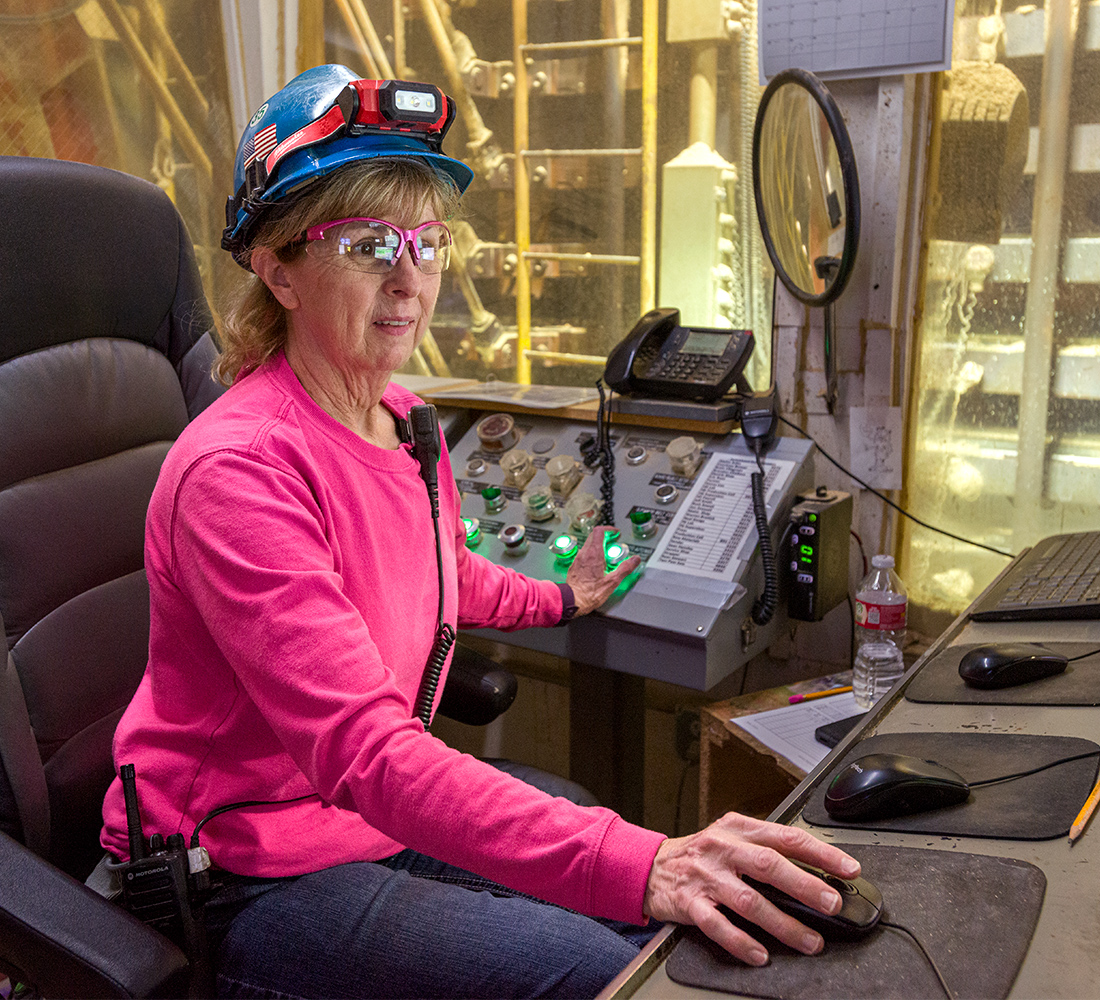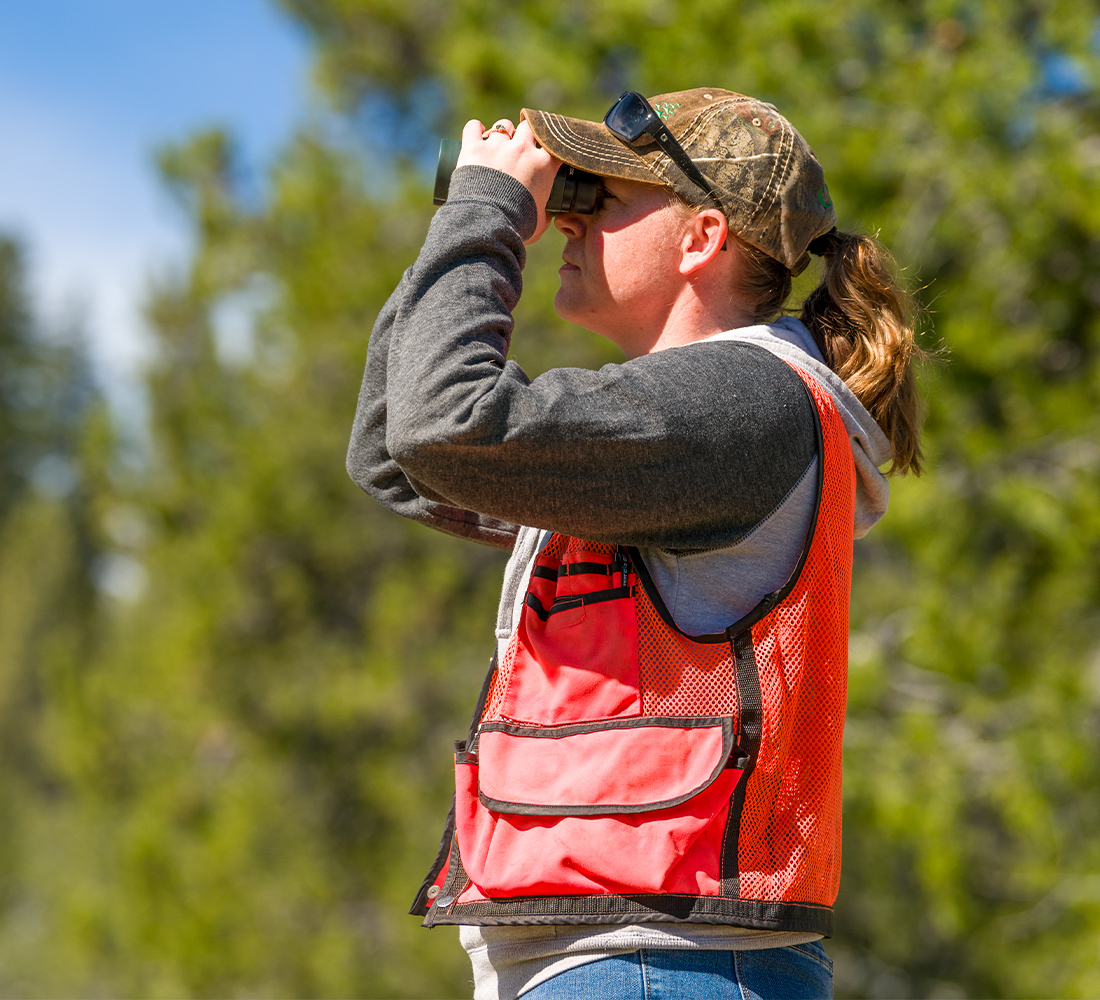CORE PURPOSE AND COMPANY VISION
Helping to Build a Better World.
Collins will be the employer of choice in our areas by cultivating safe, efficient and innovative workplaces and vigorous communities.
Our environmental stewardship will deliver sustainable products to our customers, resiliency to climate impacts, and long-term profit and growth.
CORE VALUES
Do the Right Thing
- Transparent, Fair, and Responsible in Our Actions
- Honest and Good to Our Word
- Earning the Trust of Our Stakeholders
CORE VALUES
Healthy Communities and Forests
- Steward Resilient Forests
- Provide Stable Jobs Through Steady Timber Supply
- Support Communities Where Families Can Thrive
CORE VALUES
Long-Term Stability and Perspective
- Family-Held and Operated Since 1855
- Learn from Our Legacy, Build for the Future
- Invest Today for a Stronger Tomorrow
CORE VALUES
Safe, Healthy, and Respected Employees
- Everyone Goes Home Safe Each Day
- Support Our Employees Through Excellent Benefits
- Cultivate a Positive & Rewarding Work Environment
CORE VALUES
Continuous Improvement
- Actively Pursue Training and Technology
- Seize Opportunities to Strengthen the Business
- Strive for Long-Term Competitive Performance
Be a part of our future!
Join Collins as we help to build a better world.

